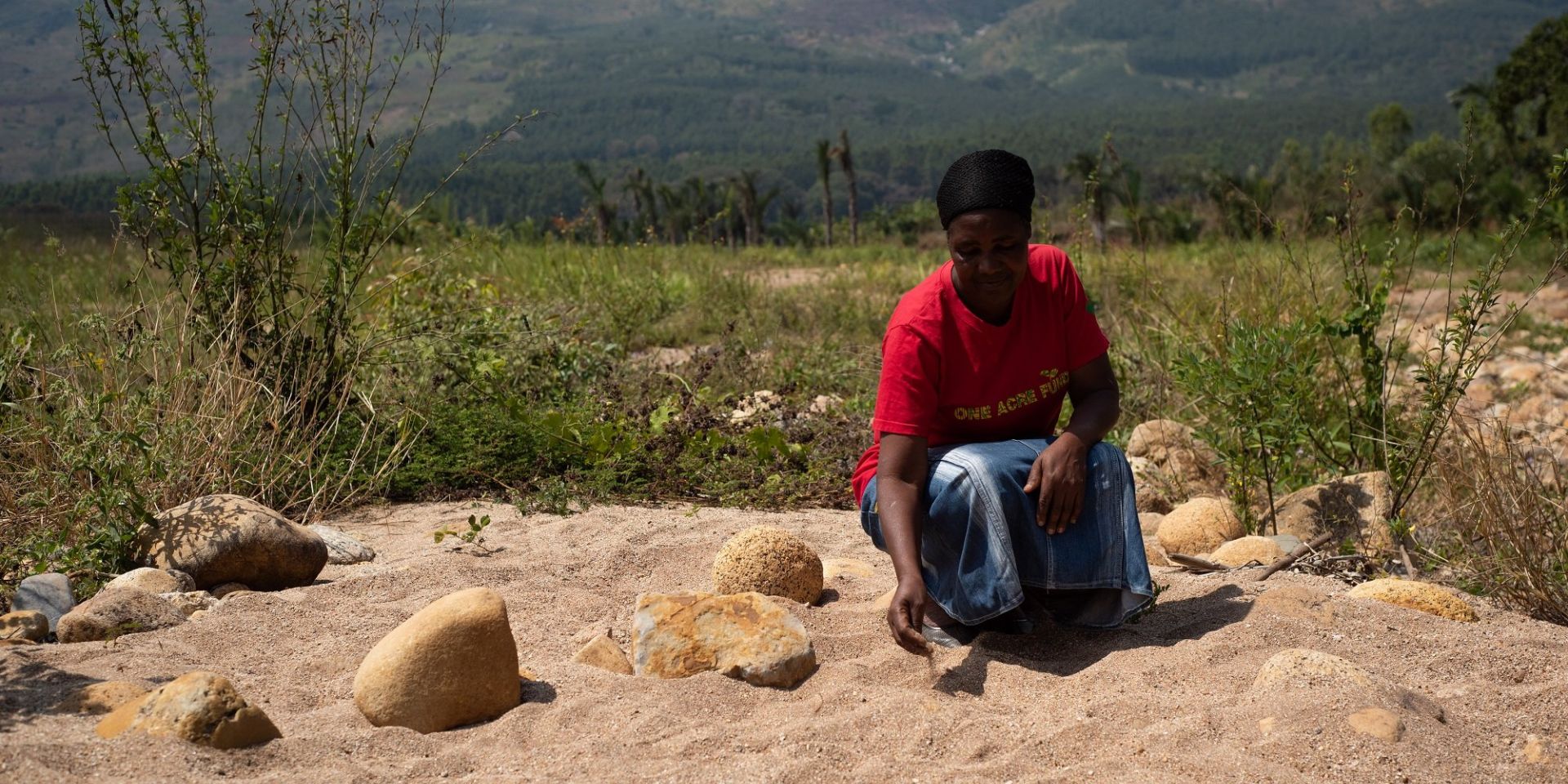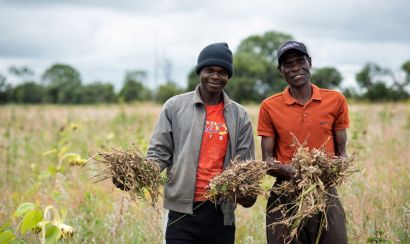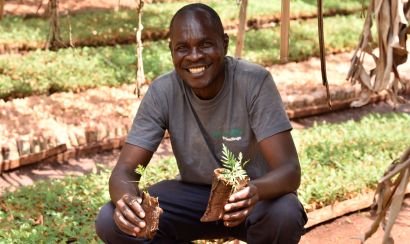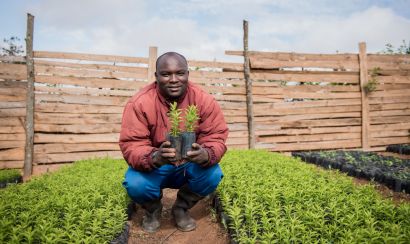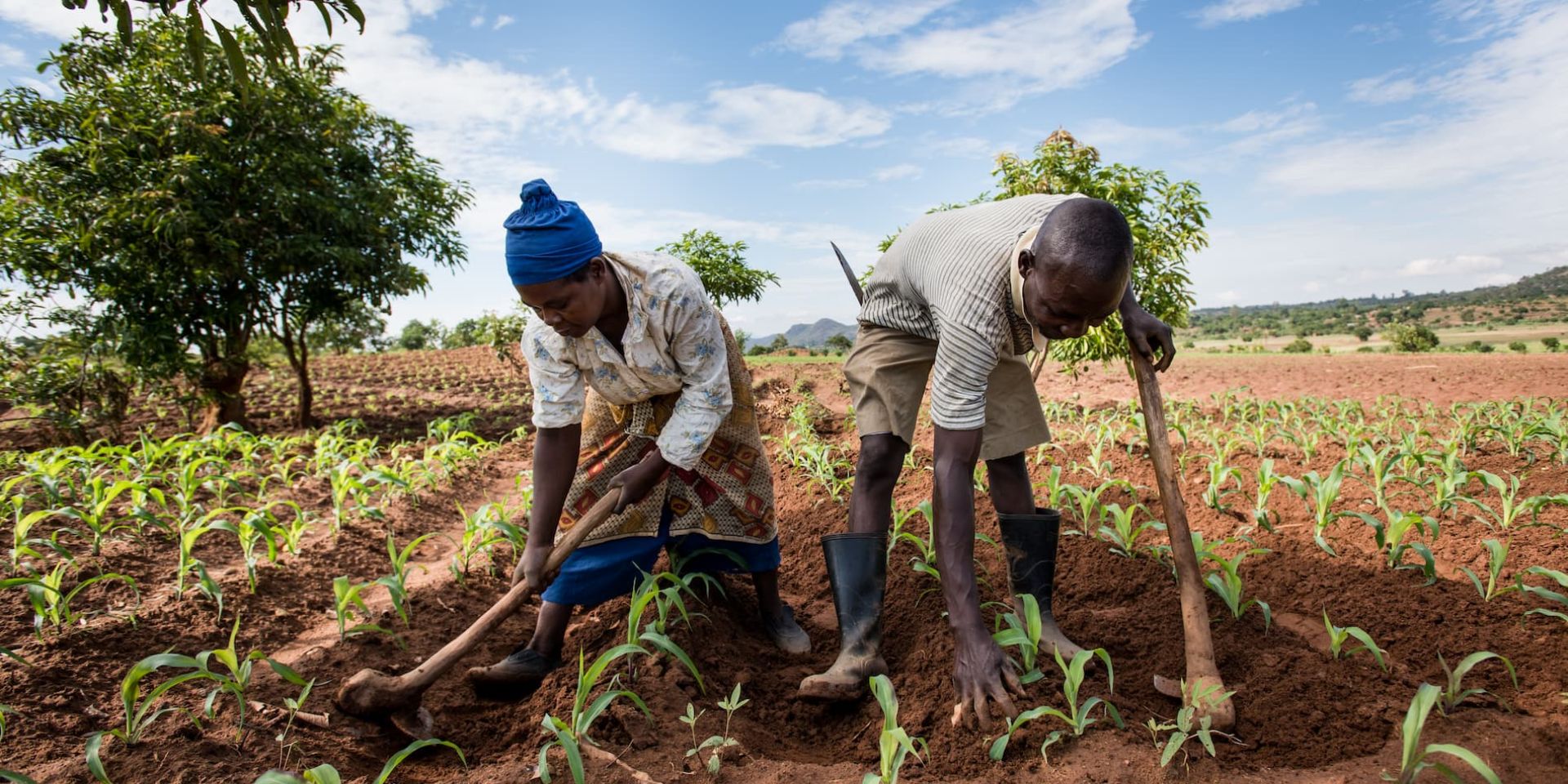Smallholder Farmers Need to be Higher Up the Climate Agenda – Here’s Why
Smallholder farmers contribute little to climate change but are some of the worst impacted. Whole communities and national economies are threatened, yet the international community hasn’t been prioritizing smallholders in climate discussions.
This can no longer be the case. We need to support smallholder farmers in order to prevent social, economic, and environmental catastrophes: rising food insecurity, hunger and malnutrition, poverty increases, and land degradation, among others.
Smallholder farmers are stewards of a huge portion of the world’s agricultural land, which makes them central to food systems worldwide. In Sub-Saharan Africa, more than half the region’s employment and up to 30% of its gross domestic product (GDP) depend on agriculture, and the continent’s growing population will only increase pressure on the existing food systems. Add in the fact that the world is already behind in achieving the sustainable development goals—especially Goal 2 on attaining Zero Hunger—and the reasons to invest in smallholders become even more compelling.
Only by equipping these farmers with the tools they need to withstand the impacts of climate change can we achieve sustainable and equitable food systems.
So, what needs to be done?
Invest in climate-smart agriculture
Building the resilience of smallholders to a changing climate through climate-smart agriculture techniques can help maintain and improve land productivity in the short and long term.
In our work with millions of smallholders across Sub-Saharan Africa, we have seen that equipping farmers with climate-smart agricultural trainings on topics such as optimized planting (like using box ridges to capture rain run-off) and crop diversification helps farmers produce more, which in turn, improves food security and boosts incomes.
Crop diversification—planting more than one crop type—helps smallholders navigate income, production, and market risks. Farmers who practice diversification often see two major benefits: they harvest at different times of the year, which buffers against market fluctuations that can drive down their incomes; and if one crop variety fails from weather-related shocks, another still might succeed, ensuring food and financial security in their homes.
For example, in Malawi, farmers like Petro Piyo Nyoloweru, whose maize crop was devastated by drought this year, are planning to diversify to more drought-resistant crops. “Soybeans are not affected by drought or bad weather, so it’s smart to try it now,” Petro says. “I’m not nervous to try a new crop because my field officer will train me on soybeans, and I’ve seen them perform well for neighbors.”
Increasing crop diversity also leads to improved soil health, which is another key focus of climate-smart agriculture. Healthy, fertile soil is central to building climate resilience. Healthier soils better absorb excess water during heavy rain and flooding, and can retain moisture for longer in droughts — both of which are becoming increasingly common experiences for farmers.
Two examples of ways we’re helping farmers improve their soil health are using compost in their fields and strategically planting trees that are crop compatible. Handson John plans to use both on his farm during the upcoming season. “Some of the One Acre Fund trainings, like how to make and use compost and how to plant trees compatibility, will help me retain moisture in the soil, which should help with drought in the long-term,” Handson says. “The trees can help with soil fertility and health.”
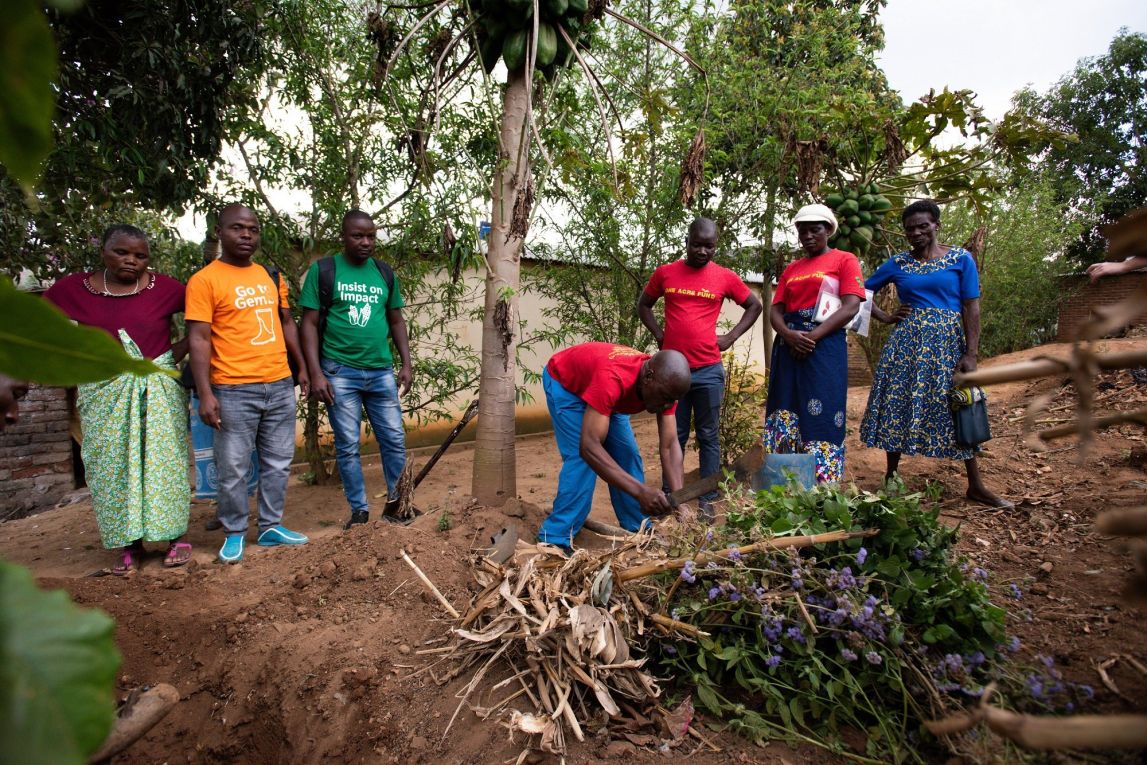
The benefits of these techniques go far beyond helping ensure the food and economic security of individual farmers: they are also a critical part of ensuring farmers aren’t forced to cultivate previously uncultivated land. “There are ways to manage trees and crops simultaneously,” smallholder Milius Mizande says after attending a One Acre Fund training on trees. “This is something I’ve come to learn. We’ll plant box ridges and the boundaries of the fields, which will help prevent too strong of wind in the fields too.”
Support farmers financially
It’s not only changing weather patterns that are resulting in crop loss. The increased frequency and severity of catastrophic weather events, like cyclones, is also a result of climate change.
In Malawi this year, Cyclone Ana ripped through the southern tip of the country, destroying more than 220,000 farmers' fields and crops.
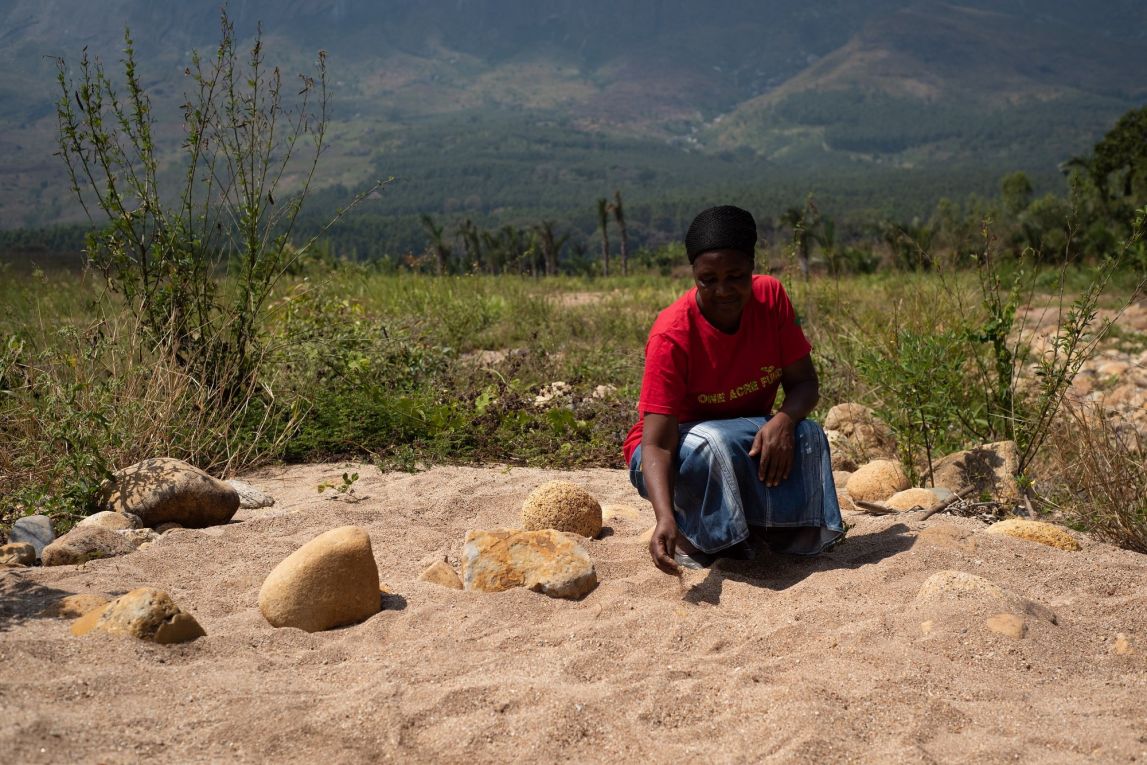
In the face of events like these, even climate-smart agriculture techniques stand no chance. When extreme weather events occur, farmers need a safety net. We offer farmers a few types of insurance, which not only provide a level of loan forgiveness to offset the losses suffered but can also provide farmers with additional planting supplies to replace what they lost. Following a drought in Malawi earlier this year, we offered seed redelivery to help 10,000 affected farmers have at least some chance of harvesting this year.
Insurance is an incredibly effective way of helping farmers weather the financial shocks that come with climate change. We are increasingly seeing that context-based insurance can determine whether farmers can still farm the following season after a significant weather event.
Explore long-term solutions
In addition to promoting adaptation strategies, we must invest in long-term solutions to ensure future resilience. One solution we’ve started exploring at One Acre Fund is tree-focused carbon credits.
This offers a fantastic opportunity for farmers to build their economic resilience in both the short and long term. By giving farmers periodic payouts for keeping the trees we provide alive—and therefore contributing to carbon sequestration (reducing the amount of carbon dioxide in the atmosphere)— these carbon credits will provide a steady, guaranteed income stream. And, in the short term, farmers will be able to sell tree products like branches and fruit to supplement their income. And the multiple benefits of the program don’t stop there. The trees also help improve farming outcomes through soil health and erosion protection.
Many farmers have a deep understanding of the benefits of trees, both long and short-term and are excited to be part of something that will help them, their farming, and nature more generally. “If a person does not have trees, then he has no wealth,” Malawian farmer Michael Kantwanje says. “Trees can also help restore soil nutrients and enhance rainfall, which will assist the nation in restoring normal rainfall patterns, as they were in the past. So trees are really beneficial to the nation.”
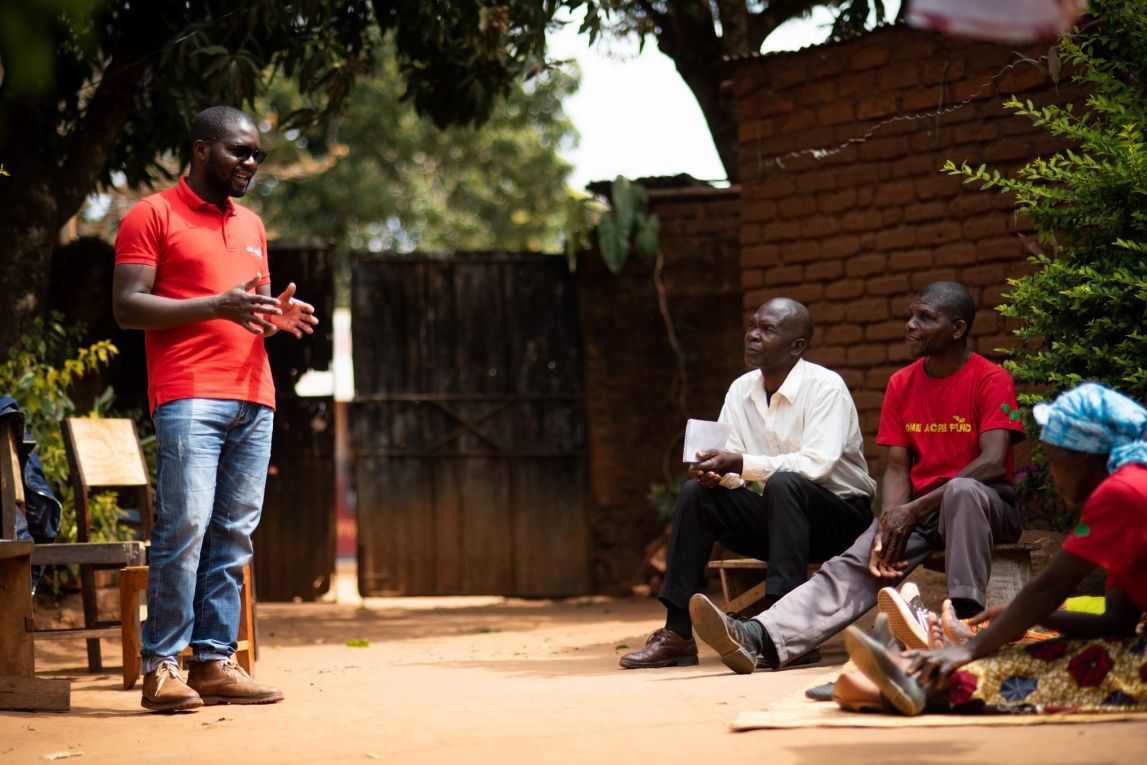
The long-term financial benefits of carbon finance programs can help farmers plan for the future and enable them to achieve some of their dreams. “We can sell fruits to pay school fees,” smallholder Velina Solima says. “Fruit trees like mangoes, oranges, lemons, and papaya will help our daily lives. I like the program because of the long-term benefits. My family will benefit from the carbon payments.”
Make bold investments
Climate change threatens the entire enterprise of smallholder agriculture. Yet, according to a recent IFAD study, only 1.7% of the billions of dollars put toward global climate finance annually goes to smallholders. To help communities adapt to climate change, we must directly invest more funds in the millions of smallholder farmers at the forefront of this global crisis.
If smallholders are forced to rely on methods and crop varieties that are decades old, it will be impossible for them to adapt to climate change. To transform our food systems into healthier, more resilient, and more equitable ones, we must commit to ensuring the many families for whom farming is their entire livelihood are top of mind in the world’s climate crisis discussions, and solutions. And, at a time when growing conditions are changing from year to year, speed is of the essence.
